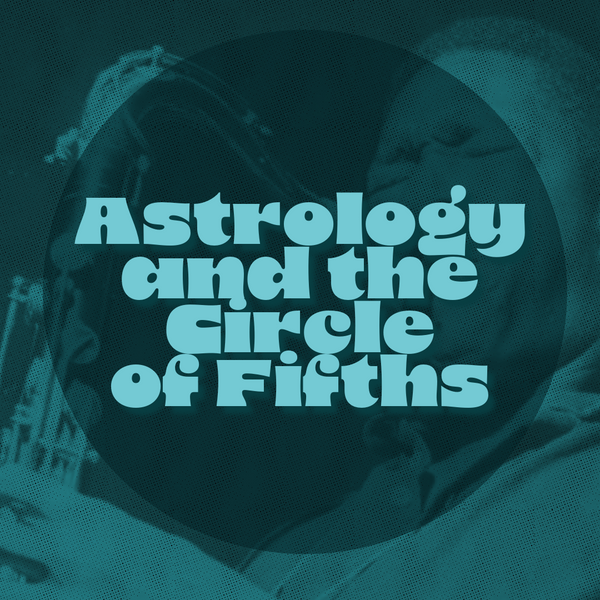What exactly is a Gong?
The gong is a musical instrument in the percussion family.
A gong can have either a definite or an indefinite musical pitch.
Usually gongs that produce a definite, specific tone are played with other specific-tone gongs in a setting like traditional Gamelan, or an innovative rock concert like the Grateful Dead.
Are there different types of gongs?
Gongs come in a variety of sizes, styles, and shapes. Like dialects of language or sects of religion, the instrument evolved differently in each location and culture it was used.
Many gongs are flat, but some have a central dome, also called a nipple. The outside rim of the gong is usually turned down; it is not sharp-edged like a cymbal.
Generally, you can think of gongs as having two basic styles: Suspended and Bowl.
Suspended gongs, which are more flat, are called such because they are literally suspended. They are hung vertically using a chord that is passed through holes close to the rim. Suspended gongs are played with a mallet or bamboo stick.
Bowl gongs are called such because they are literally bowl-shaped. They can rest on the ground or special cushions. Bowl gongs can be played in several different manners. A musician can bang a bowl gong with a mallet, but might also rub the rim with his or her finger to elicit a whole other sound.
How are they made?
Gongs are constructed of hammered metal. Most are made out of bronze or brass, but with an amalgam of other metals.
Although a lot of gongs are made in China, they are not mass produced like televisions or plastic toys. Each one is handmade.
If you hear a particular gong, like it and order that style, you must expect that the one you get may not sound exactly like the first one you heard. Minor differences are to be expected, and should be embraced. Don't worry though! Most gong styles, thanks to design specifics, maintain a similarity of tone to the untrained ear.
But this sonic uniqueness of each gong is one of the reasons we named our store Gongs Unlimited!
(That, and cause the name Coca-Cola was already trademarked.)
A Brief History of Gongs
The gong is one of the oldest musical instruments in the world. Archaeologists have unearthed gongs built almost four thousand years ago. No wonder when we hear a gong we feel like we are being touched in our soul.
The earliest written mention of the gong was in China in the 6th century. In these ancient documents the Chinese claim that another culture from Central Asia introduced it to them. While we can’t be certain which culture created the gong, it’s safe to say the sound resonated with the Chinese and that they made the gong their own.
The Chinese used gongs for many ceremonial functions. They were struck to announce when the Emperor or other important political and religious figures arrived. Military leaders also used gongs to gather men together for battle.
The gong and its music then migrated from China to Java -- the term gong is actually Javanese in origin -- and became established in Indonesia by the 9th century.
The Javanese made their gongs in a new way that was much different from the large flat Chinese gongs; they used deep turned-down rims with a raised knob in the center. The Indonesians also developed a style of playing many of their gongs at once, in a percussion orchestra known as a gamelan. In gamelan, the gongs are usually different sizes, with each one tuned to a different specific pitch.
Gongs migrated slowly from Asia to Africa –- they didn’t have the Internet and airplanes to speed things along back then -- and finally arrived in Europe in the eighteenth century.
The style of gong that Europeans first saw and heard was the big Chinese gong of indefinite pitch that you have probably seen in the back of orchestras.
Though now a regular part of the percussion section in Western orchestras, the first symphony to include one was Mirabeau, written by the French composer Francois Gossec, in 1791.
Do all gongs look the same?
No. Sometimes in the manufacture of gongs, the heat of the fire in the oven (where the bronze cooks in its molds), raises and lowers randomly, and can cause adjustments in colors & textures to the gongs.
It does NOT effect the sound at all, but merely prevents a uniform coloration to the unlathed portion of the gong.
CLASS DISMISSED!



Andrew Borakove
Author